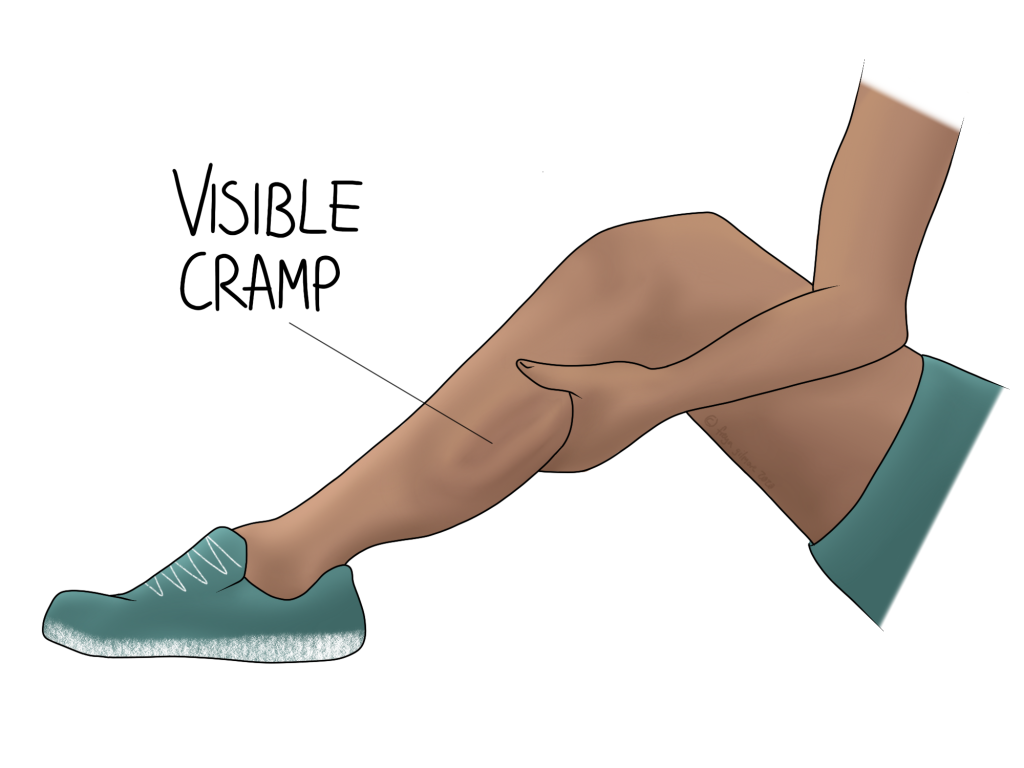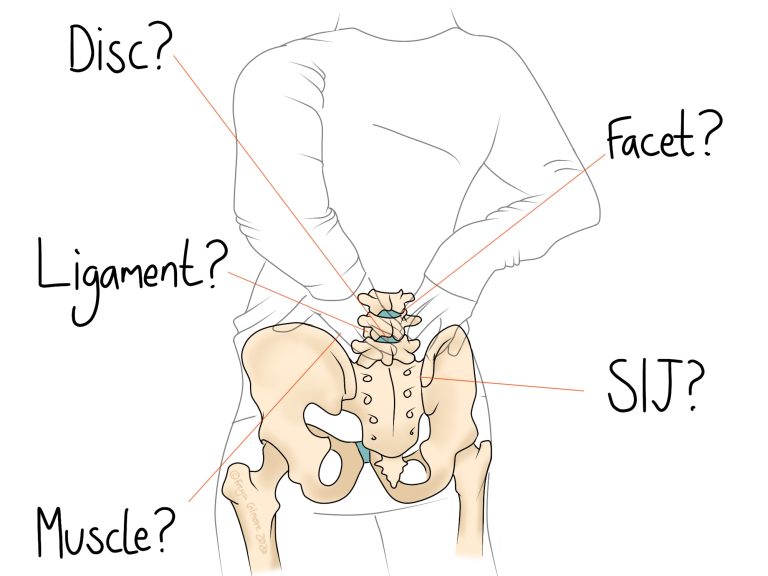Cramps in the calf are a common ailment, and they can have a number of causes. Pregnancy, ageing, and certain illnesses can make someone susceptible to them.

What Happens During an Episode of Cramp?
Muscles are made of bundles of fibres, which contract and shorten when engaged. During cramps, some of those fibres contract involuntarily. The contractions can be strong and painful, lasting up to a few minutes before the fibres relax again. Pain may continue for a while afterwards.
The exact physiology of cramp is unknown. Theories exist to explain exercise related cramp. They involve the tiny components within muscle tissue that control the length and contraction of muscle fibres. If these receptor components are exercised to fatigue, their electrical signalling functions in a less reliable way. They take longer to reach the relaxation phase of their cycle, meaning multiple signals to contract can occur at a time. This prevents relaxation and can cause excessive contraction: cramp.
Explanations like this therefore make sense of stretching and massage as management strategies. If you can break the build up of signals, and force the muscle to relax, ir won’t be cramping (at least in the moment).
Risk Factors for Cramp
A number of different groups experience significantly more cramps than the average person. They include:
- athletes
- people who have fibromyalgia
- pregnant women
- people with diabetes
- the over 60s
- people with COPD
Athletes are a demographic who experience more cramping than average. We previously thought this was a result of dehydration or electrolyte imbalance, but these theories have been disproven. This is surprising, especially given that dialysis patients are also more susceptible to cramp; but on further investigation there is no correlation between their electrolytes and symptoms either.
Unfortunately, sometimes the reasons for cramping are simply unknown. Given the theories mentioned above, anyone could develop a cramp if the muscle receptors misfire or somehow fall out of sync. For most people, episodes of cramp are transient and don’t cause too much of a problem. If you can’t manage your symptoms with stretching and self massage, it’s a good idea to seek treatment.
Calf Cramps in Pregnancy
The incidence of cramping in the calf, especially overnight increases as pregnancy progresses. Around 50% of women in the third trimester experience them at least once, rising from around 10% in the first trimester.
From a fatigued-muscle perspective, calf cramps would make sense. As the bump develops, the centre of gravity moves forwards. Therefore, standing requires more calf and hamstring engagement to stay upright. The rapid gain of weight (beyond just gained fat) can demand more of these muscles quicker than they strengthen. And hormonal changes on top could all add to the factors that develop into pregnancy cramps.
Management Strategies
Osteopathy for Cramps
Osteopathy is recognised as a therapy that can have a positive impact on cramp symptoms. Some patients are particularly responsive to massage and stretching exercises. If the cramping muscles are under extra demand, we can look beyond the painful area to see if there is an area of restriction that’s overloading the muscle. Similarly, if the muscles just need to be stronger to cope with normal demand, we can develop a strengthening plan with you to increase the muscle’s capacity.
Click here to make an appointment for your Cramps in Pill or Ham Green



